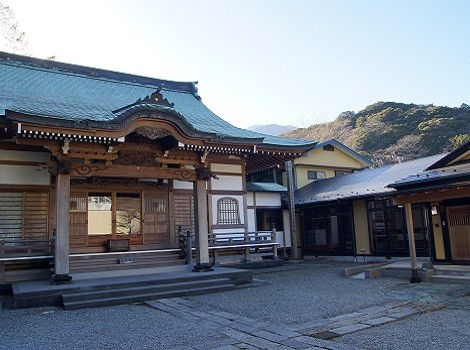Tourist & Local Attractions

- TOP
- Tourist & Local Attractions
ALL
Mt. Fuji
An iconic symbol of Japan, registered as a World Heritage Site in 2013.
During the summer season (early July to early September), this mountain is bustling with climbers and offers a splendid 360-degree view from its summit.
*The 2023 climbing season has ended.
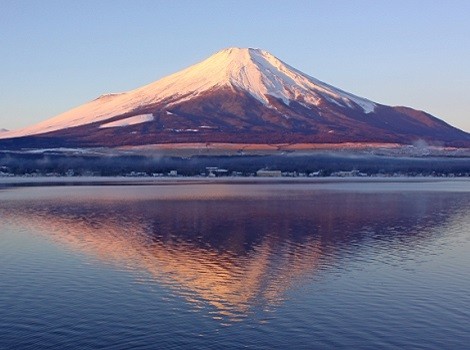
Lake Ashi
Lake Ashi is a lake located within the caldera of Mount Hakone. About 3,100 years ago, the eruption near Owakudani caused sediment to block the river flowing through Sengokuhara (known as Old Hayakawa), resulting in the accumulation of water upstream and the formation of the lake. Lake Ashi offers views of Mount Fuji and is popular both as a tourist destination and as a fishing spot for rainbow trout and smelt.
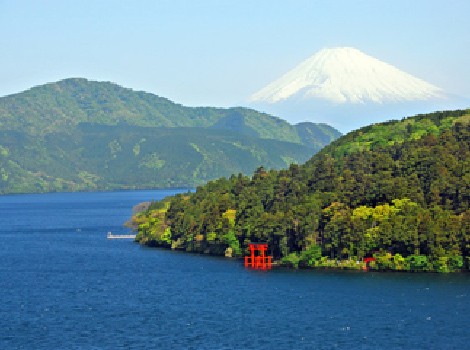
Owakudani
At Owakudani, thought to have been formed nearly 3,000 years ago by volcanic explosions and pyroclastic flow, you can still feel the power of volcanic activity to this day.
Enjoy magnificent views of Owakudani below and Mount Fuji in the distance from the ropeway as well.
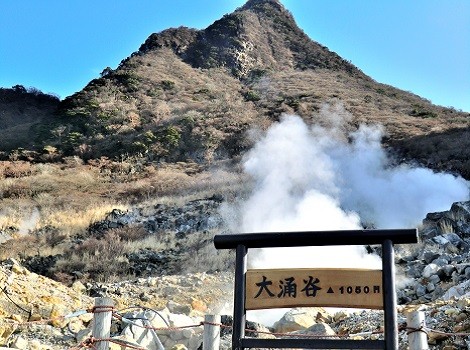
Hakone-jinja shrine
Known for its divine blessings of wealth, good fortune, business prosperity, and matchmaking, this shrine is widely recognized as the dragon god of Lake Ashi. On the 13th of the month, people from across Japan visit the main shrine for its monthly festival. A new Kuzuryu Shrine is located within the precincts of Hakone-jinja shrine as well.
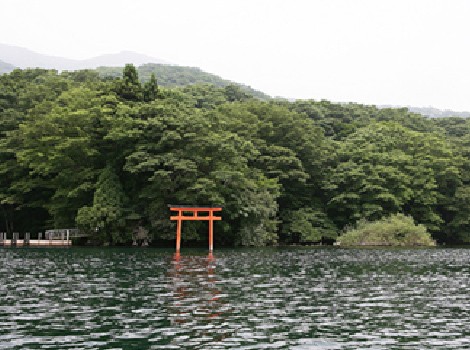
Hakone Sekisho
Hakone Sekisho, originally built by the Tokugawa Shogunate on the Tokaido Highway during the Edo period, probably at 1619, was restored to its original form in 2007. Visitors can have fun learning about the Edo period from a variety of perspectives.
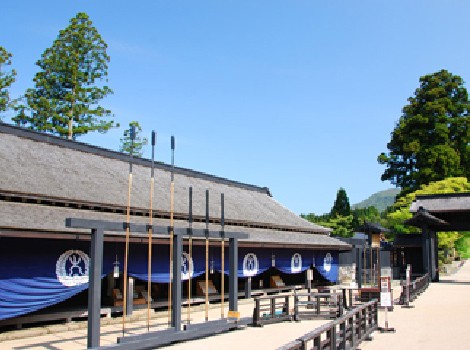
Sengokuhara Grasslands
At Susuki Meadow in Sengokuhara, selected as one of Kanagawa's Top 50 Scenic Spots and Kanagawa's 100 Best Flower Spots, grass covers the slopes of Mount Daigatake. Experience the powerful sight of the enormous flames rising during the early spring field burning at Susuki Meadow.
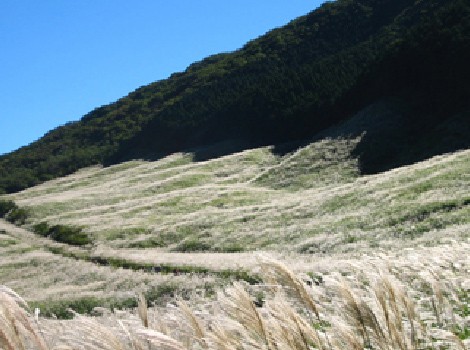
The Old Hakone Highway
During the Edo period, this was a notorious difficult passage known as Hakone Hachiri. Today, the cobblestone from Hatajuku to the lakeside has been preserved, letting you reminisce about days gone by as you stroll.
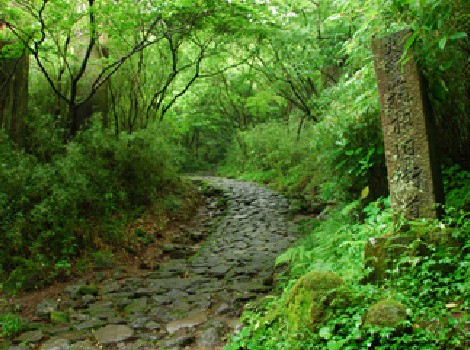
Mt. Kintoki
A mountain suitable for hiking novices, with each way taking about 2 hours. Enjoy lush natural sceneries and great views of Lake Ashi and Owakudani along the trail. On clear days, you can see Mount Fuji from the summit.
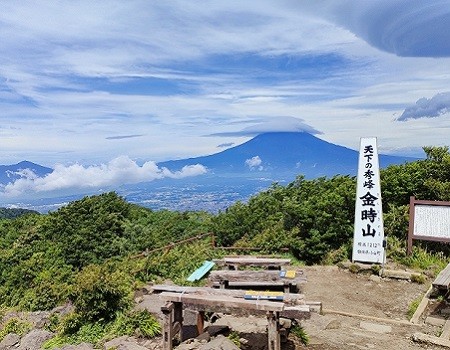
Hakone Gora Park
Japan’s first garden in the French style, opened in 1914 in Gora, the terminus of the Hokone Tozan railway line. French style formal gardens are usually on an expansive plot of level ground, with ponds and other features in symmetrical geometric shapes, but Gora Park is built on a slope. The wide-open space of the park, surrounded by mountains and open skies, is famous for its multitude of flowers. The park offers a range of facilities, such as the Tropical Plant Pavilion, a tea room, workshop studios, giving visitors a host of different experiences in the one place.
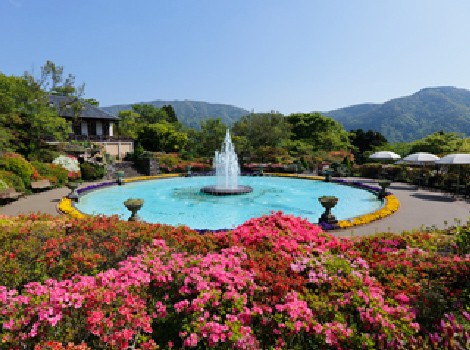
Hakone Botanical Garden of Wetlands
This unique botanical garden, which display most of the aquatic plants seen in japanese wetlands, was first established in 1976. The botanical garden is located in Hakone-Sengokuhara, 650m (2,200 feet ) above sea level.
The Garden, which was formerly a flat area containing rice paddies, is now a specially designed ecosystem consisting of man-made hills, rockeries, ponds, streams and several different types of moors.
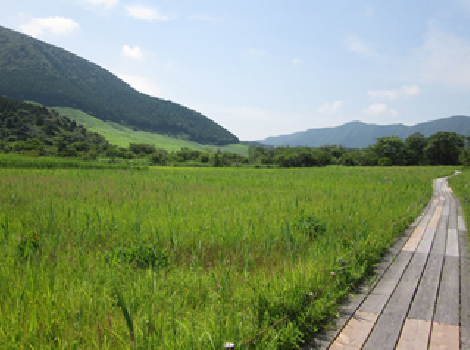
Odawara Castle
Odawara Castle, thought to be built in the mid-15th century, was reconstructed in 1960 and serves as a symbol of the city of Odawara, Kanagawa. Parts of the Odawara Castle ruins have been designated national historical sites.
With historical presentations, displays of armor, and ninja experience facilities, this castle is fun for the whole family.
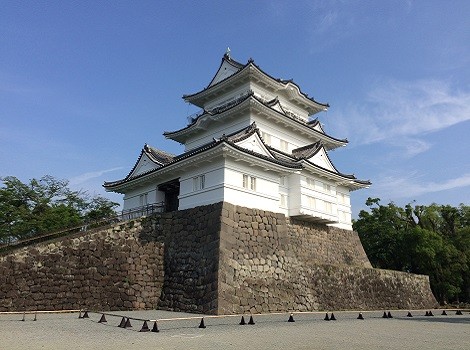
The Hakone Open-air Museum
Experience the vast nature of Hakone as it changes with the seasons. The Hakone Open-Air Museum, making the most of its vast natural landscape, opened in 1969 as Japan's first open-air art museum.
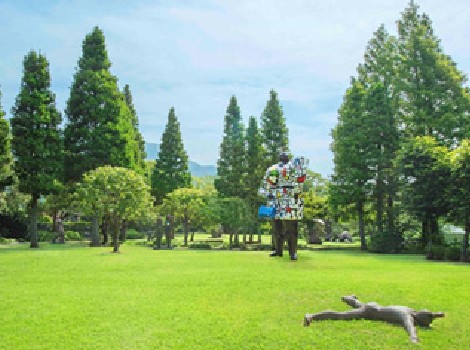
Venetian Glass Museum
The Hakone Venetian Glass Museum is Japan's first museum specializing in Venetian glass, situated in lush green Hakone Sengokuhara. (About 9 minutes by car)
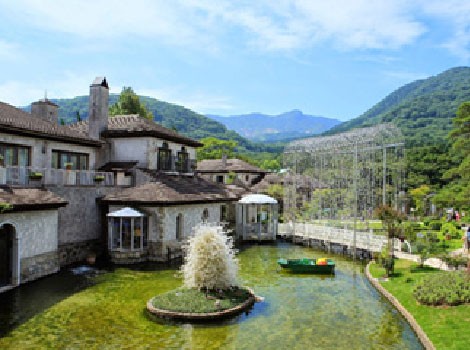
Pola Museum of Art
Opened in Hakone Sengokuhara in 2002, this museum houses nearly 10,000 pieces, primarily Impressionist and other Western paintings. Both temporary and permanent exhibitions are hosted.
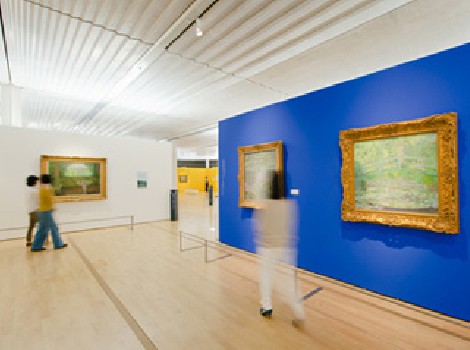
Okada Museum of Art
Constructed on the site of Kaikatei, a hotel for Westerners that existed during the Meiji era (approximately 6,300 m2). The building, spanning five floors, has a total floor area of around 7,700 m2, with an exhibition space covering nearly 5,000 m2.
Artwork from ancient to modern times, primarily from Japan, China, and Korea, are displayed in this vast venue.
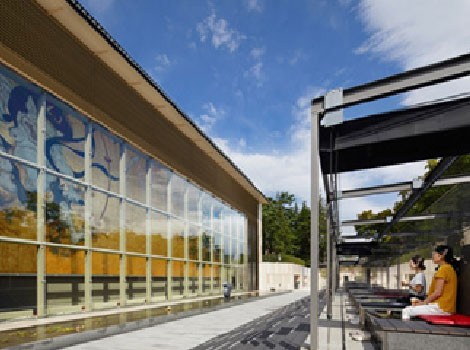
Narukawa Art Museum
This museum stands atop a small hill, surrounded by lush green trees. During your visit, step outside through the museum's front glass doors and take a stroll in the garden. Here, enjoy the best view in Hakone.
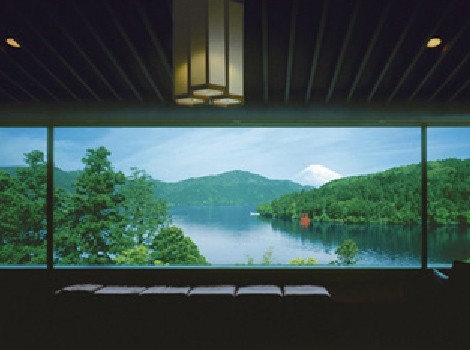
Josenji Temple
Josenji Temple is a Soto Zen Buddhist temple founded in 1583 by Rikin Bunsothu and rebuilt in 2004 by the current 23rd monk, Shodo.
Visitors can participate in Zen meditation experiences and a monthly “Breakfast Porridge Meetup” (an event featuring prayers for health and safety as well as a vegetarian breakfast).
